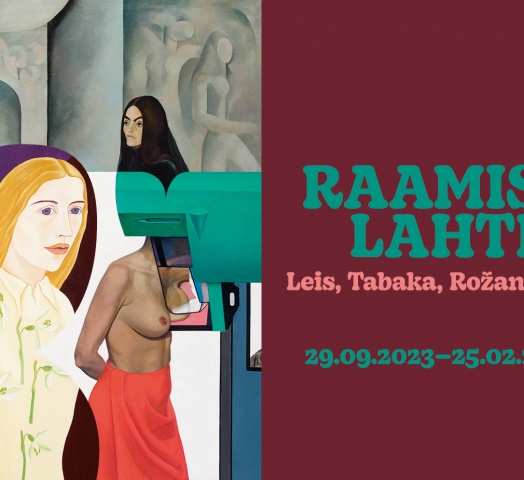"Unframed: Leis, Tabaka, Rožanskaitė" Kumu Art Museum
The exhibition focuses on the works of three Baltic women artists – Malle Leis (1940–2017), Maija Tabaka (1939) and Marija Teresė Rožanskaitė (1933–2007) – in the late Soviet era of the 1970s and 1980s. All three of the artists challenged contemporary art discourses through non-conventional approaches to self-representation, ways of creating space and reflections on being artists. TARTLE has lent the artwork "The Birth" (1983) by Marija Teresė Rožanskaitė for the exhibition.
Leis, Tabaka and Rožanskaitė were all exceptional artists in Soviet-occupied Estonia, Latvia and Lithuania. The education they got from art institutes in Tallinn, Riga and Vilnius in the 1950s and 1960s was similar in terms of its ideological and aesthetic principles, but soon they all moved beyond those principles: not necessarily by directly opposing their current art discourses, but by navigating them in ways that shifted and blurred the meanings of seemingly straightforward motifs and gestures.

The exhibition focuses on the works of three Baltic women artists – Malle Leis (1940–2017), Maija Tabaka (1939) and Marija Teresė Rožanskaitė (1933–2007) – in the late Soviet era of the 1970s and 1980s. All three of the artists challenged contemporary art discourses through non-conventional approaches to self-representation, ways of creating space and reflections on being artists. TARTLE has lent the artwork "The Birth" (1983) by Marija Teresė Rožanskaitė for the exhibition.
Leis, Tabaka and Rožanskaitė were all exceptional artists in Soviet-occupied Estonia, Latvia and Lithuania. The education they got from art institutes in Tallinn, Riga and Vilnius in the 1950s and 1960s was similar in terms of its ideological and aesthetic principles, but soon they all moved beyond those principles: not necessarily by directly opposing their current art discourses, but by navigating them in ways that shifted and blurred the meanings of seemingly straightforward motifs and gestures.






